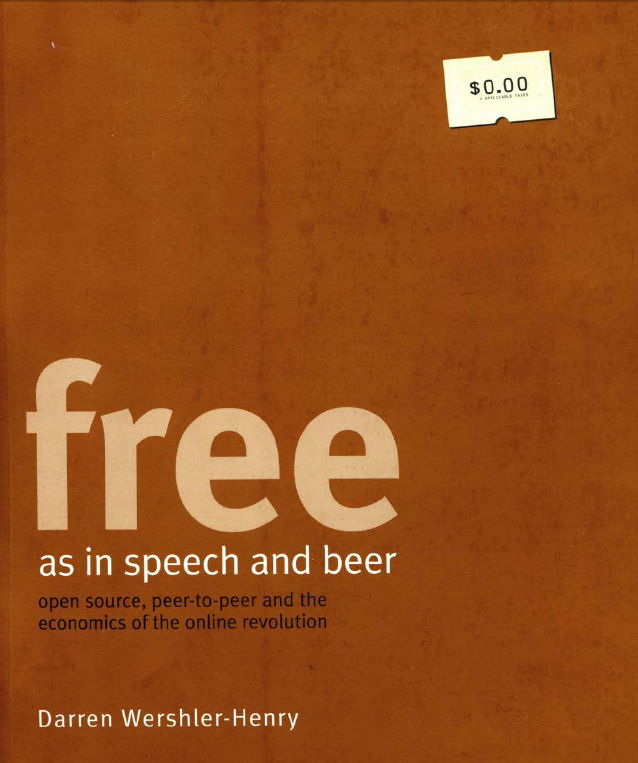For those that requested it, here’s the working syllabus for ENGL251, The Graphic Novel.
I’ve done a few things differently than many graphic novel courses.
Most of the obvious canonical choices (Maus, Watchmen, Batman: The Dark Knight Returns, Persepolis, Fun Home, and anything by Joe Sacco) are glaringly absent. Eisner’s A Contract with God is on the course this year, but I’ve contextualized it within Paul Williams‘ and Andrew J. Kunka‘s arguments about novelization (the concept around which the course revolves — Dreaming the Graphic Novel is an incredibly important book IMO). I anticipate rotating many of these works through the syllabus in future iterations of the course.
In their place, I’ve included more works by women, more works by BIPOC authors, and more works that fall into the YA and childrens’ demographics (because biff wham pow, comics aren’t just for adults anymore). The current version of the course does not have adequate representation of LGBTQ+ authors but contains a substantial amount of LGBTQ+ subject matter.
Unlike most graphic novel courses in literary studies departments, the course isn’t organized around the books, nor is close reading the primary methodology. Instead, I built the course around analytic categories more common in communication and cultural studies because I think they’ll help students better understand the material and discursive history of the graphic novel form.
Even before COVID-19, this course was in the process of moving online, so I am experimenting with new assignment and assessment strategies, including specifications grading (just noticed that Ben Woo has been working on this longer than I have, so I have to check in with him about the approach he’s taking). Learning how to run a graphic novel course and how to run an online course simultaneously remains an enormous amount of work; fortunately, I have the support of a fantastic team at KnowledgeOne at Concordia to help out with analysis, planning and recording. The course will not be in its complete form until January 2022.
My larger agenda is to argue that our department needs not only a graphic novel course (which focuses on one form), but a comics studies course. I’d like to have students reading more serial comics, more comic strips, more historical work, more online comics, and more of what Bart Beaty calls “typical comics.” This course would also present an opportunity to explore different methodologies of reading comics (including formalist analysis and visual communication) than I employ in the graphic novel course.
Anyway. The current working version of the syllabus is here. Backchannel me if you’d like to discuss.



